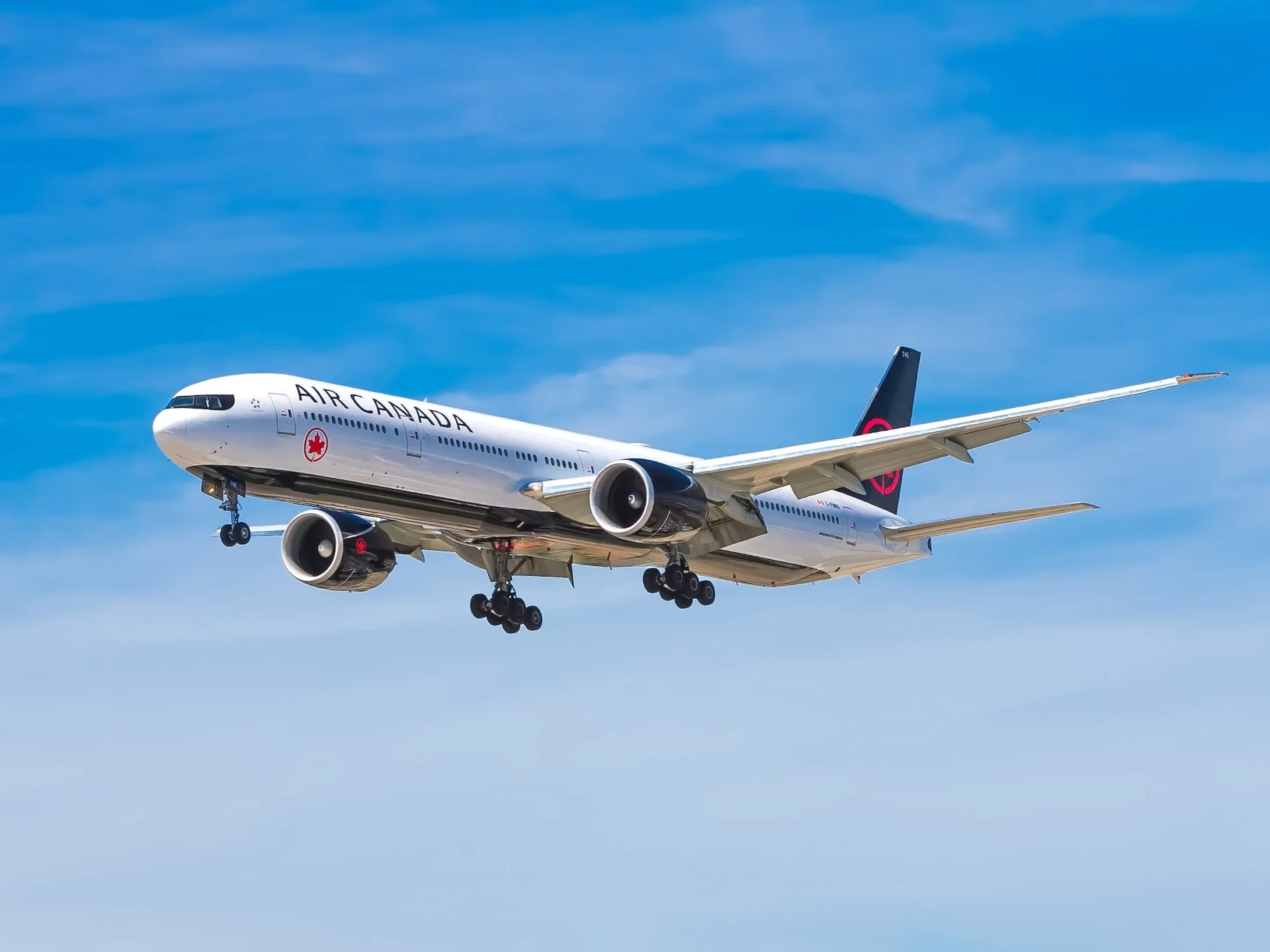Attaining Cruise Control
Taking off is simply part of warming up!
How you begin your journey will determine how successful you will be if at all. The mental part is merely a way to take control, but the other aspect is knowing that you can not get overzealous with your workout; we will begin our training with examples of weight training; in other words, begin your plan with less challenging weights such as dumbbells or weight stack machines and gradually work your way up to a heavier weight you feel comfortable training with on a steady basis. It is very difficult to describe this process in writing, so I will not only illustrate the basics in our next version of WBG, but I will provide videos of how to accomplish these exercises. We can also say the same with cardio vascular training as with either treadmills, bikes, ellipticals, rowers and so on.
Ready, set, start slow, & finally level off!
You have to crawl before you can walk!
The above narrative discussed both weight and cardio training, but we will continue with the cardio vascular examples in order to avoid confusion and make simpler for you to understand how training the body as a whole works; we will elaborate further on weight training further into the program later.
Prior to beginning your training, please keep in mind to start at a slow pace for a good 2-5 minutes or so, and gradually increase the speed or tension to the level of your preference. The trouble with starting a regiment strong, hard, and fast is that if you’re not accustomed to the stress or pressure that comes with such an abrupt jumpstart is that you can either seriously hurt yourself, burn out, or frighten yourself from restarting the workout plan on another day. So curb your enthusiasm, spread your motivation like peanut butter on bread. In the medium and long run, your efforts will pay off!
Stay on cruise control!
Look at it like this example: you see all the images of planes? Some are on the runway whereas others are barely airborne or taking off; once these planes reach their desired altitude they level off at something like 30,000, 40, 000, or even 50,000 feet. Every now and then the pilot will deviate from the altitude for reasons such as turbulence. Otherwise, it’s cruise control until it’s final destination. As the plane determines it’s time to descent, the plane gradually slows down and lowers altitude. This simple process can be applied to we as humans. Simply start a warm up process and then gradually increase speed or tension to achieve your desired level. Each person is different, and individuals pick up endurance at all kinds of levels. The only way you’re going to know your tolerance level, is by experimenting on trial and error. NO ONE CAN TELL YOU where you should be other than make recommendations or suggestions.
Pace yourself as if on air going steady!



